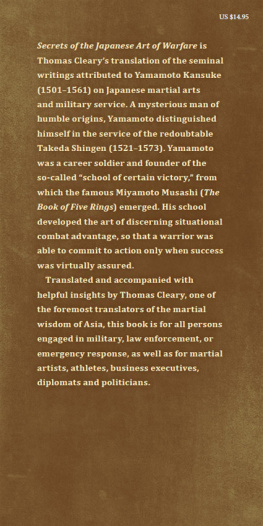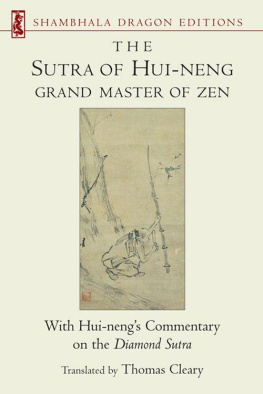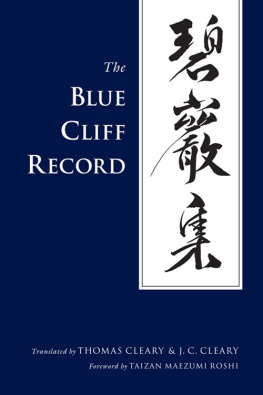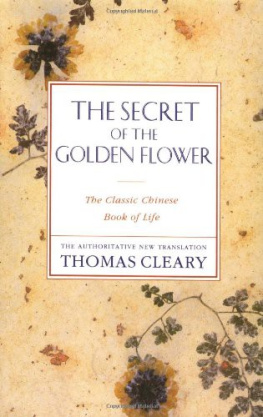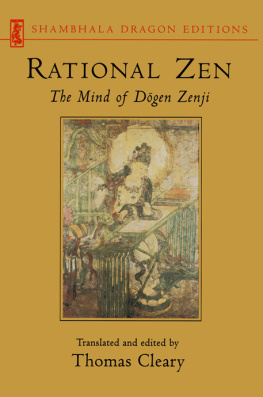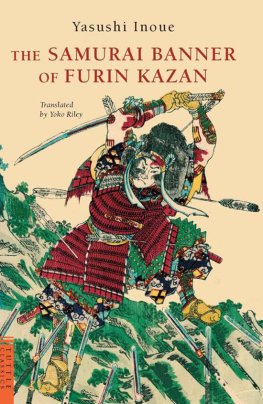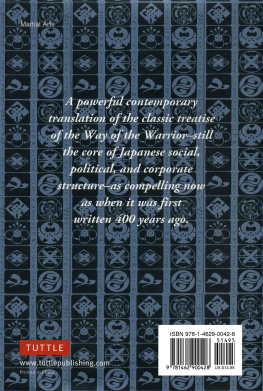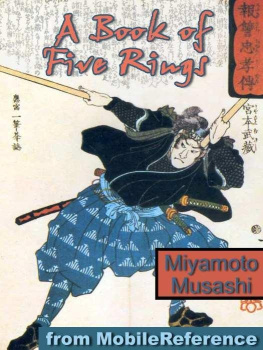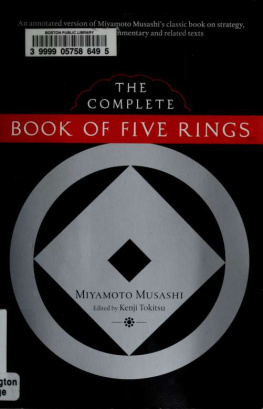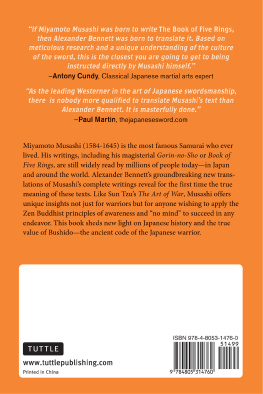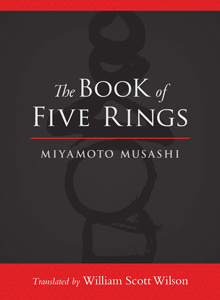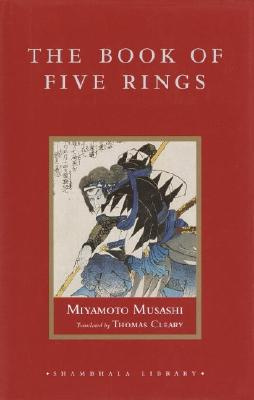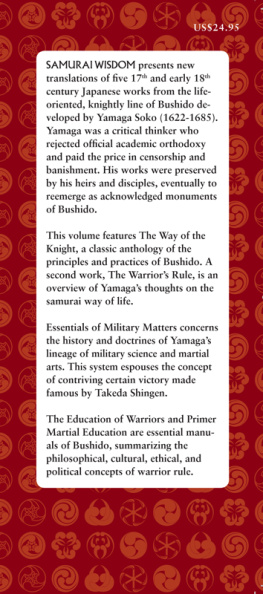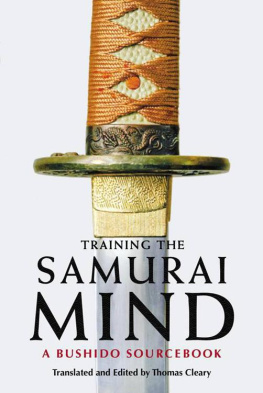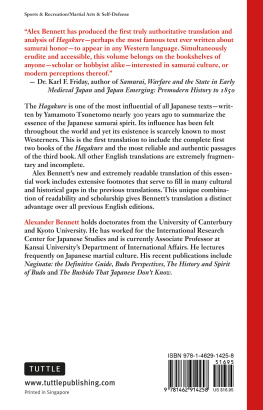PART I
General Discussion
The Sources of the Arts of Warfare
As for the sources of the arts of warfare, in China they began from the Yellow Emperor, while in our country they began from the divine age. Coming to the human age, the numbers of weapons increased, and the information on them is diverse. Here, ever since my youth I have been devoted to this path. Considering the techniques for long and short weapons, which to use and which to omit, if any are omitted victory is uncertain. The reason for this is that the space between you and the opponent differs with the occasion. For a distant opponent you use bow and arrow and firearms; for an enemy at middle range you use spear and halberd; for an enemy close at hand you use swords. For grappling at even closer quarters, a dagger less than a foot long is good.
Notes
The Yellow Emperor, a Chinese culture hero, is associated with various Taoist arts, including the arts of lovemaking and life extension as well as the arts of dominion and warfare. In a Taoist text called The Master of the Hidden Storehouse it is written that the Yellow Emperor waged war with fire and water, radical means of mass destruction; and the cryptic strategic manual called The Book of Hidden Correspondences is traditionally attributed to the Yellow Emperor. In Japanese mythology, the prime archetype of the warrior-leader is called the Divine Warrior with the Precious Lance, but the ideological elevation of martial culture was a comparatively late historical development.
Teachers of the Arts of Warfare
Teachers of the arts of warfare transmit the advantages of considering how to win with bow, spear, halberd, sword, dagger, and other instruments of killing, striking when you should strike, and not striking when you should not strike. If you lack training in even one weapon, you should not be called a teacher of martial arts; how much more should we be wary of calling someone who is trained in only one weapon a teacher of martial arts.
The reason for this is that one who uses only the bow should be called an archer, one who uses only the spear should be called a lancer, and one who uses only the sword should be called a swordsman. Each one should be designated by the specific name.
Notes
Confucius placed great emphasis on correct usage of terms, implying a common consensus of social values and a coherent correspondence between names and realities, embodied in the adherence of individuals and organizations to their designated roles in the socio-political order. In the historical context in which Kansukes military manual was composedan internally divided Japan under the rule of competing warlordsa practical implication of this admonition about correct usage of names is that when a warlord wanted to solicit a teacher of martial arts, in order to save time and effort for all concerned it should be made clear at the outset that this does not mean a master of one or another individual weapon but a comprehensive expert. While terminological precision past a certain degree can become uselessly overwrought in theoretical contexts, or comparatively unimportant or superficial in casual contexts, Kansukes particularity in regard to terminology is an example of the general principle of organization for efficiency underlying many aspects of military science as a matter of practical necessity, or necessary practicality.
The Order of Transmission of the Arts of Warfare
As to the order of transmission of the arts of warfare, first we teach fist technique, to master the workings of the four limbs, mind, and body. Next we transmit techniques of short weaponry; next, techniques of long weapons; and after that, techniques of projectile weaponry. Linking these in order, after transmitting designs of human advantage, situational advantage, and natural advantage, we transmit the principles of all things to assist application.
Notes
This curriculum generally parallels development of sophistication and skills in civil life as well, so it can be used effectively to refine everyday attention to qualities and dynamics of physical economy, necessary tools and skills, human interactions, spatial relations, form and momentum, and patterns of adaptation and improvisation.
The Systematization of the Arts of Warfare
Teaching the arts of warfare in a systematically organized way is like a spelling system; it can apply to all things, when used with consideration according to the time. These arts cant be used for anything without consideration, as it would be hard to win that way. It is for this reason that the organizing structures of martial artists past and present differ, and are not uniform. This is why consideration is necessary.
Notes
The system outlined in this manual focuses on definitions of basics, organizing them in order to make them readily available to the mind for strategic recombination according to conditions. According to Yamaga Takatsunes description of this system in Essentials of Military Matters, The training does not involve a lot of talk, and the basics are not that many.
Five Trainings in the Arts of Warfare
In the arts of warfare there are what are known as five trainings. These are training of the eyes, training of the ears, training of the mind, training of the hands, and training of the feet. With the eyes you see forms, with the ears you hear sounds, with the mind you contrive plans, with the hands and feet you make movements. These are the terms of the general outline.
Notes
Training of the eyes includes attention to reading body language and facial expressions as well as sizing up spaces and evaluating environments. Training of the ears includes interpreting voice modulation, judging wind, and discriminating background sounds. Training of the hands and feet includes coordination between them, and concomitant concerns of balance and recovery. Contriving plans, in this context, is more than planning maneuvers at headquarters, as Kansuke emphasizes ability to assess situations and think on your feet in the midst of action. In a state of stillness, the mind is also used as an organ of perception, like the eye, but ordinarily in martial arts this faculty is maximally accessible only in individual duels, and is less available and less reliable in the energetic chaos of mass combat.
The Arts of Warfare and Three Destructions
In the arts of warfare, there are what we call three destructions. One is to attack the unruly to pacify them. Second is to attack the unjust to correct them. Third is to attack the rebellious to make them docile.
Notes
Grounds of justification for warfare are proposed in various military manuals. While these are given in varying degrees of particularity and reflect a range of political philosophies, there are typically some essential similarities among them, including sentiments eventually reflected in the codification of international laws of war. Those given by Kansuke here are comparatively common, stated with a starkness and simplicity that is typical of this work and invites further consideration. Depending on interpretation of intent, it might be possible to derive refinements or variants of these principles articulated with more particularity in other contexts.
The Chinese military classics were one of the main sources for Japanese samurai. Master Wei Liao, composed during Chinas turbulent Era of Warring Statesa time somewhat similar to that of Yamamoto Kansuke expresses comparatively exacting opinions on the ethics of warfare, some of which have not been adopted as international legal standards until relatively recent times:

